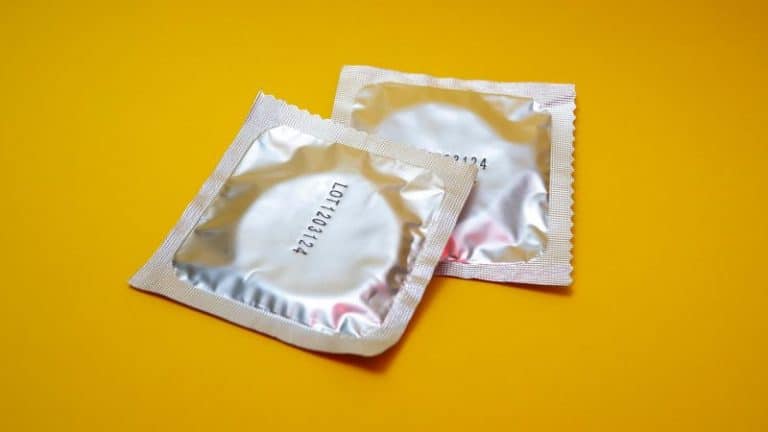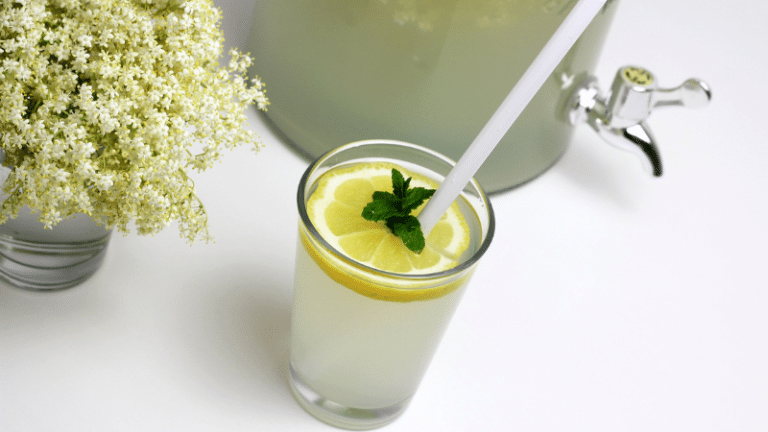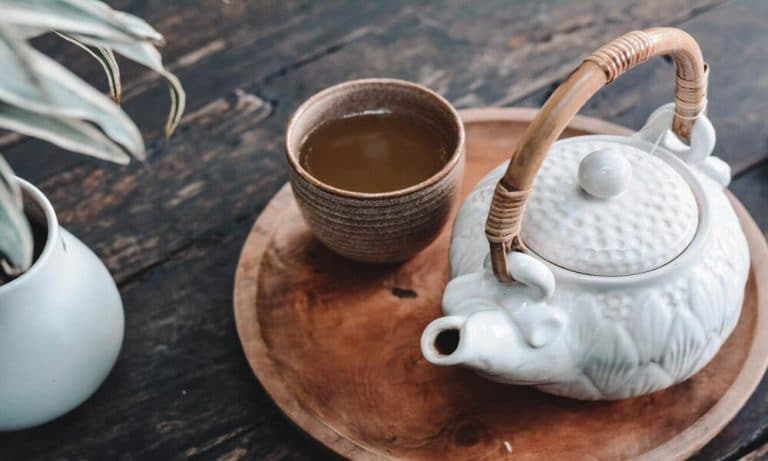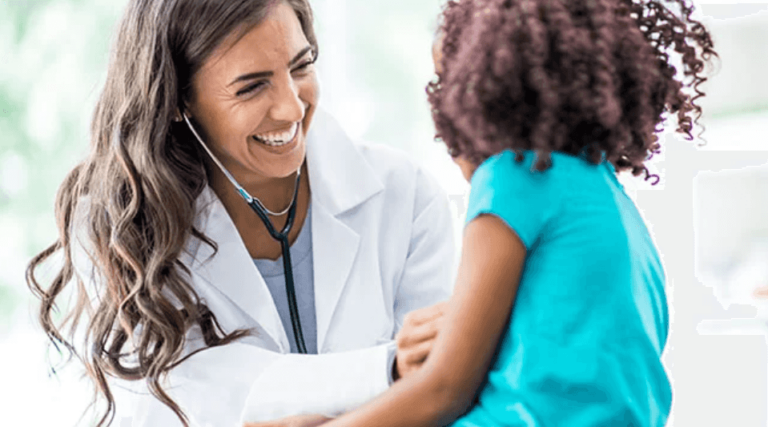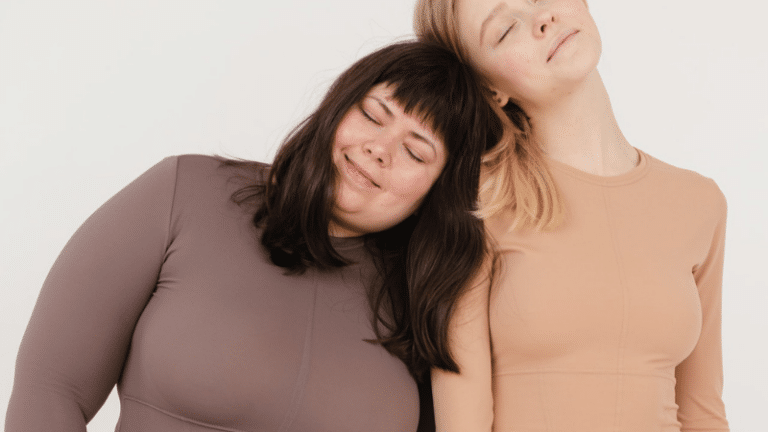How to Get Rid of Back Acne in 2024 (The Ultimate Guide)
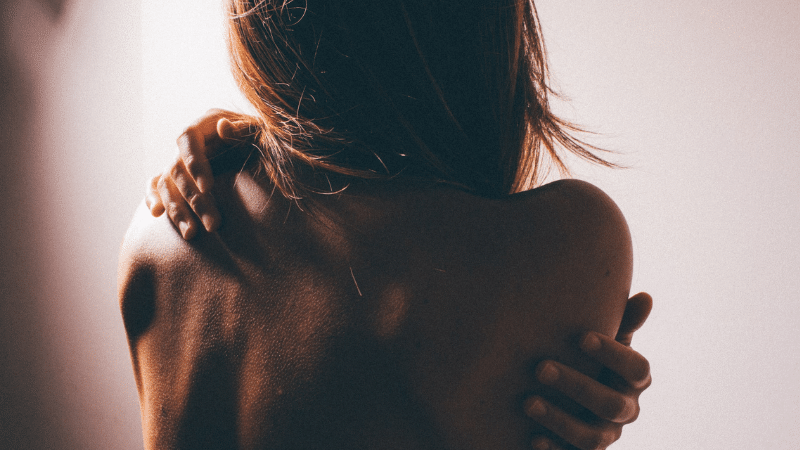
If you want to find out how to get rid of back acne, you should know that the preferred method can vary based on the type of acne and that all these types share similar causes. So, the first step in eliminating back acne is identifying its type and cause.
There are six types of back acne (also commonly called bacne), each having at least one characteristic unique to it. This article provides a detailed guide on effective treatment approaches.
What Causes Back Acne?
Let’s take a look at the most prominent triggers of back acne.
Hormonal Changes
Hormonal changes can increase sebum production at certain stages of our lives. As a result, the pores responsible for delivering this oil to the skin surface become clogged, sometimes trapping bacteria. This is more likely to happen in teenagers, pregnant or menstruating women, and women who use contraceptives. Notably, contraceptives can trigger severe female back acne in some women.
Sweat
This is a likely cause for people who work out or engage in rigorous physical activity. Allowing sweat and dirt for too long on your skin will cause acne because the heat and humidity generated during workouts give rise to bacteria. The longer you allow sweat on your skin, the likelier your pores are to take in bacteria that feed on the sebum to cause acne. Showering immediately after a workout or sweating removes this bacteria and dirt, providing one of the best bacne treatment options.
Poor Hygiene
Dead cells, oil, bacteria, and dirt usually stick to our clothes (especially when we sweat or don’t shower often enough), creating perfect conditions for the development of acne.
Medications
Depending on the ingredients, medications with hormone-level effects can trigger back acne. Medicines that contain iodides and bromides are especially notorious in this regard. Check the medications you’re using and look up their effects on acne.
Not Consuming Enough Water
Being frequently dehydrated undermines your body’s ability to detoxify. Water helps keep your skin moist and cleanses the skin of dead cells. We’ve seen how the sebum moves dead skin cells to the surface. A dehydrated body has less ability to produce this oily substance.
Tight-Fitting Clothing
Close-fitting clothes increase the chances of bacteria, dirt, and oil rubbing into your hair follicles due to friction between your body and the clothes. They also increase sweating by minimizing ventilation. Suffice it to say, tight-fitting clothing is a major cause of pimples on the back for many women, especially acne mechanica.
Popping Acne Sores
When you pop acne sores, the infected fluid spreads bacteria to the surrounding follicles, which may get trapped along with sebum. This causes the acne to spread.
Foods High in Sugar
Research shows that certain foods can trigger acne or make it worse. These are usually high glycemic index (GI) foods like pasta, white rice, and white bread.
Different Types of Back Acne
Next, we’ll describe each type of acne for easy identification. We’ll begin with the mildest acne and then move on to the more severe back acne types. Bacne treatment depends mainly on the type of bacne you’re dealing with. So, pay close attention to the characteristics of each acne so you can have a better idea of what you may need to do to clear it.
Whiteheads
Whiteheads can appear on your back when you undergo hormonal changes during puberty, menstruation, pregnancy, or when you use contraceptives. That’s why they’re more common among teens and women.
Whiteheads are a form of mild acne because they’re easy to treat. What differentiates them from blackheads is that the skin around the clogged pore closes and prevents air from entering. This causes the tips to develop white pus, hence the name. You can identify whiteheads by their small uninflamed size and white pus tips. Fortunately, a back acne wash will clear whiteheads quickly.
Blackheads
Are also a mild form of acne that develops due to clogged hair follicles. However, in blackheads, the skin around these clogged follicles is open and allows air to reach the oily substance called sebum, which your oil glands secrete to lubricate the skin.
The sebum contains fat molecules that react with air, undergoing oxidation. The black or yellowish color of oxidized fat molecules gives this acne a dark appearance, hence the name. You can identify blackheads from their color and by the fact that they aren’t painful to pop, unlike pimples and other types of acne.
Papules
When sebum, bacteria, and dead skin cells block a hair follicle, this blockage is called a comedo. Instead of the fat molecules in the oil getting oxidized, it feeds the bacteria called Propionibacterium acnes, causing a small red bump to form known as the microcomedone. With excess oil in the follicle, the bacteria have enough to feed on and continue to multiply, which may cause cystic acne on the back.
This microcomedone can pressure the follicle walls and rupture them, releasing bacteria into the surrounding skin. This causes irritation and inflammation of a wider area, usually less than 5 mm in diameter. This inflamed region is called a papule. You can identify papules by size, redness, inflammation, and skin irritation. Notable among papules’ features is that they don’t have pus.
Pustules
Pustules are a result of papules becoming more severe. Most papules form pus after a few days, which usually causes severe acne on the back. You can differentiate a pustule from a whitehead by the red ring around it. Also, pustules are among the most common teenager back acne.
Papules don’t usually have pus and become pustules when they do. Pus forms due to the body secreting white blood cells to fight the inflammation. Infected fluid and dead white blood cells are what makes up the pus. You can identify a pustule by its red base and pus on the top. They usually appear as bulging parts of skin full of yellowish pus, and they are clearly visible.
Nodules
A similar process occurs to form nodules as in papules. Both nodules and papules are similar in appearance; the difference is that nodules are larger with a more prominent inflammation diameter. Nodules have pus and are embedded deeper in the skin than papules, causing a hard bump. Finally, nodules don’t form any head.
Nodules can be red or have the same color as the skin, and they may or may not be painful to touch. They usually last for weeks or months and can easily cause scarring if left untreated or if you attempt to pop them, which is what causes bacne to spread.
Cystic Acne
This type of acne is filled with pus, painful to touch, and quickly causes scars. Like nodules, cystic pimples form deep under the skin, followed by swelling and inflammation. Cystic acne is the most severe type of acne and looks like nodules. The significant difference is that acne cysts are filled with pus and are less solid than nodules.
Cystic acne may also look like a boil under the skin and can be small or big with a white or yellow pus tip. It forms due to cysts collecting under your skin. Acne cyst is more likely in teens with oily skin. This type of acne usually disappears with age. While the bumps can be tiny, cystic acne usually produces the largest pimples.
How to Get Rid of Back Acne
In this section, we’ll highlight effective lifestyle-modifying options that offer the best way to eliminate back acne.
Exfoliate
Exfoliation can be done manually or with chemicals. Exfoliants typically contain substances like salicylic acid, which is highly effective in cleansing the skin of dirt, oil, and bacteria. Being one of the best recommendations for eliminating acne, the primary purpose of exfoliating as a back acne treatment is to remove dead skin cells from the surface of the skin.
Wear Loose-Fitting Clothing
Such clothing will neither trap dirt nor rub it into your pores. This is especially important during a workout when you’re likely to sweat a lot. By wearing loose-fitting clothing, you allow your skin to breathe and wick away sweat. The reduced friction of this kind of clothing also prevents skin breaks that make you more prone to bacterial infections.
Use Tea Tree Oil
Australians have used this oil for centuries to treat various skin problems and many skin products today contain it. There’s some scientific evidence indicating that this potent essential oil has antibacterial properties. This makes it an effective way of getting rid of back acne caused by bacteria as it can kill the bacteria when it penetrates your follicles.
Keep Hair off Your Back
The various products you use on your hair might be contributing to acne development. Your hair typically attracts dirt from the surrounding air and may rub this dirt and oil on your back. Washing your hair regularly is one of the main ways to control these acne outbreaks. Take care that no conditioner or shampoo runs down your back. Sometimes it may be necessary even to reduce the length of your hair.
Choose Sunscreen Carefully
While protecting your skin from dangerous sun rays, you might use the wrong product for acne. If your skin is prone to acne and you apply greasy sunscreen to your skin, it may contribute to clogging your hair follicles. Thankfully, using safe sunscreens is a good way to get rid of back acne.
Eat Healthily
Studies have shown that high-glycemic foods could cause acne by raising blood sugar levels. On the other hand, low-glycemic foods that pack complex carbohydrates may help keep back acne at bay. Some of them include legumes (like beans and lentils), whole grains (like whole-wheat bread), and unprocessed vegetables and fruits (like carrots, blueberries, and spinach). Likewise, there have been some indications that different fish oil products might also be able to help with acne, but more research is needed on the matter.
Others
- eliminate pressure on your back from backpacks, etc.
- choose your skin products carefully
- don’t pop acne
- avoid excessive sunlight exposure
- keep your bed sheets clean, and perhaps consider investing in a high-quality organic mattress
Acne Medication
For severe cases, the best acne treatment is usually a prescription medication. You can initiate treatment with over-the-counter (OTC) drugs and then seek expert help later if these OTC remedies fail. Over-the-counter medications are seemingly more effective than other DIY methods because these products are formulated to target acne in general or even specific types of acne.
OTC acne medications may contain benzoyl peroxide, resorcinol, salicylic acid, sulfur, retinoid, etc. However, it’s best to seek professional advice before using these remedies. Your doctor should be the first to consult for OTC or prescription medications. If the prescription fails, it’s time to visit a dermatologist.
Doctors and dermatologists may use oral contraceptives, antibiotics, and other topical products to treat your acne. Isotretinoin and antiandrogen therapy are some of the popular acne treatments.
Conclusion
If you wanted to learn how to get rid of back acne, we hope that we have sufficiently illustrated how it all boils down to identifying the type and cause of the acne. If maintaining good hygiene and making changes to your lifestyle don’t help, you can always turn to prescription medications. Don’t try DIY solutions for too long, and ensure you investigate all products you use on your hair, skin, and laundry.

